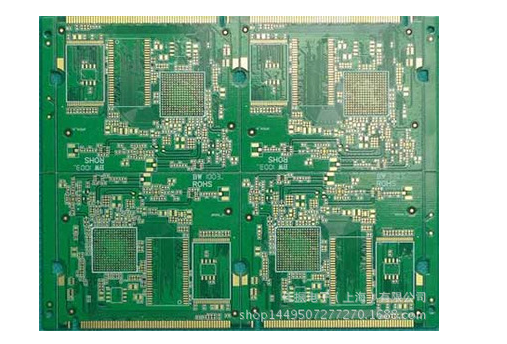Technical methods to reduce crosstalk during high-speed PCB wiring
Due to the lack of high-speed analysis and simulation guidance in traditional PCB design, the signal quality cannot be guaranteed, and most of the problems cannot be discovered until the plate-making test. This greatly reduces the efficiency of the design and increases the cost, which is obviously disadvantageous in the fierce market competition. Therefore, for high-speed PCB design, people in the industry have proposed a new design idea, which has become a "top-down" design method. After various policy analysis and optimization, most of the possible problems have been avoided and a lot of savings have been made. Time to ensure that the project budget is met, high-quality printed boards are produced, and tedious and costly test errors are avoided.

Impedance matching refers to a working state in which the load impedance and the internal impedance of the excitation source are adapted to each other to obtain the maximum power output. In order to prevent signal reflection during high-speed PCB wiring, the impedance of the circuit is required to be 50 Ω. This is an approximate figure. Generally, it is stipulated that the baseband of the coaxial cable is 50 Ω, the frequency band is 75 Ω, and the twisted wire is 100 Ω. It is just an integer, for the convenience of matching. According to the specific circuit analysis, the parallel AC termination is used, and the resistor and capacitor network are used as the termination impedance. The termination resistance R must be less than or equal to the transmission line impedance Z0, and the capacitance C must be greater than 100 pF. It is recommended to use 0.1UF multilayer ceramic capacitors. The capacitor has the function of blocking low frequency and passing high frequency, so the resistance R is not the DC load of the driving source, so this termination method does not have any DC power consumption.
"Crosstalk" means that when a signal propagates on a transmission line, electromagnetic coupling causes undesired voltage noise interference on adjacent transmission lines. Coupling is divided into capacitive coupling and inductive coupling. Excessive crosstalk may cause false triggering of the circuit and cause the system to fail to work normally. According to some characteristics of crosstalk, several main methods to reduce crosstalk can be summarized:
(1) Increase the line spacing, reduce the parallel length, and use jog wiring if necessary.
(2) When high-speed signal lines meet the conditions, adding termination matching can reduce or eliminate reflections, thereby reducing crosstalk.
(3) For microstrip transmission lines and strip transmission lines, limiting the trace height to within the range of the ground plane can significantly reduce crosstalk.
(4) When the wiring space permits, insert a ground wire between the two wires with more serious crosstalk, which can play a role in isolation and reduce crosstalk.
Using differential lines to transmit digital signals is an effective measure to control factors that damage signal integrity in high-speed digital circuits. The differential line on the PCB copy board is equivalent to a differential microwave integrated transmission line pair working in quasi-TEM mode. Among them, the differential line on the top or bottom of the PCB is equivalent to the coupled microstrip line, which is located on the inner layer of the multilayer PCB. The differential line is equivalent to a broadside coupled strip line. The digital signal is transmitted on the differential line in an odd-mode transmission mode, that is, the phase difference between the positive and negative signals is 180°, and the noise is coupled in a pair of differential lines in a common mode. The voltage or current of the circuit is subtracted, so that the signal can be obtained to eliminate common mode noise. The low-voltage amplitude or current drive output of the differential line pair fulfills the requirements of high-speed integration and low power consumption.